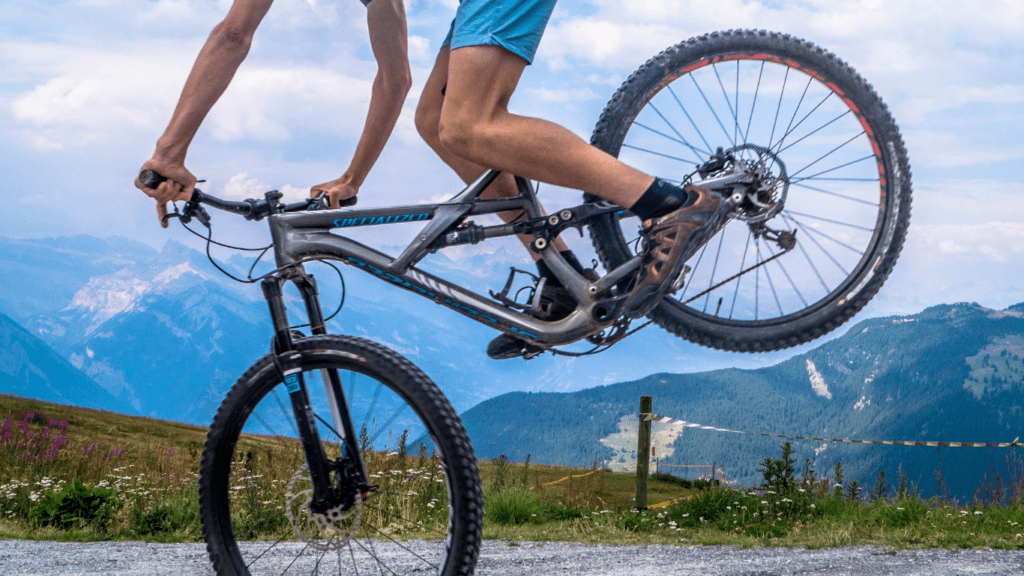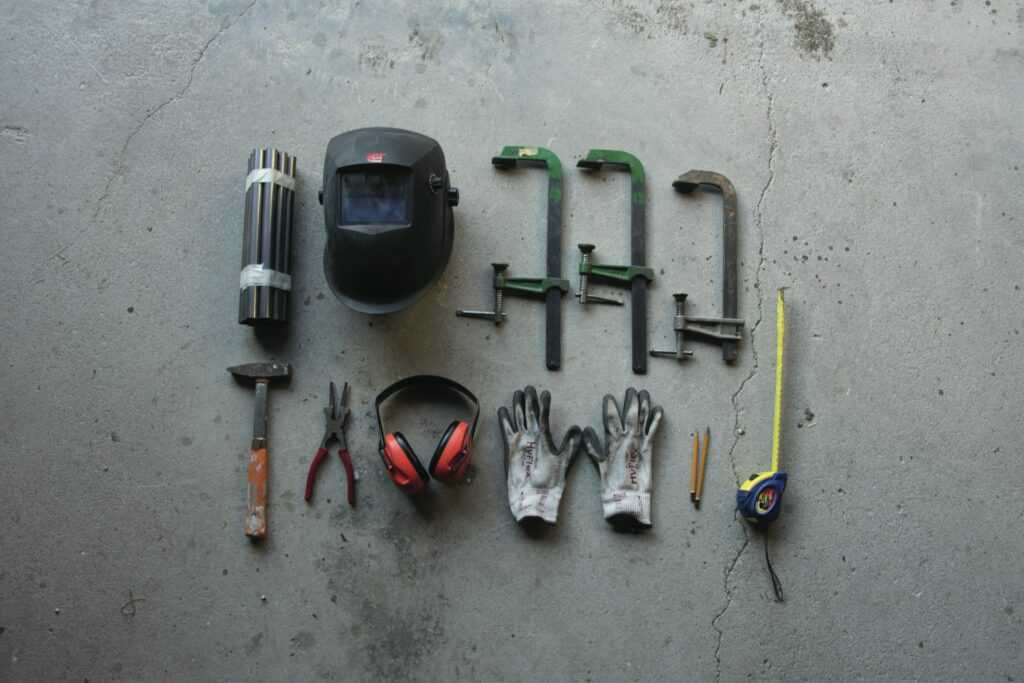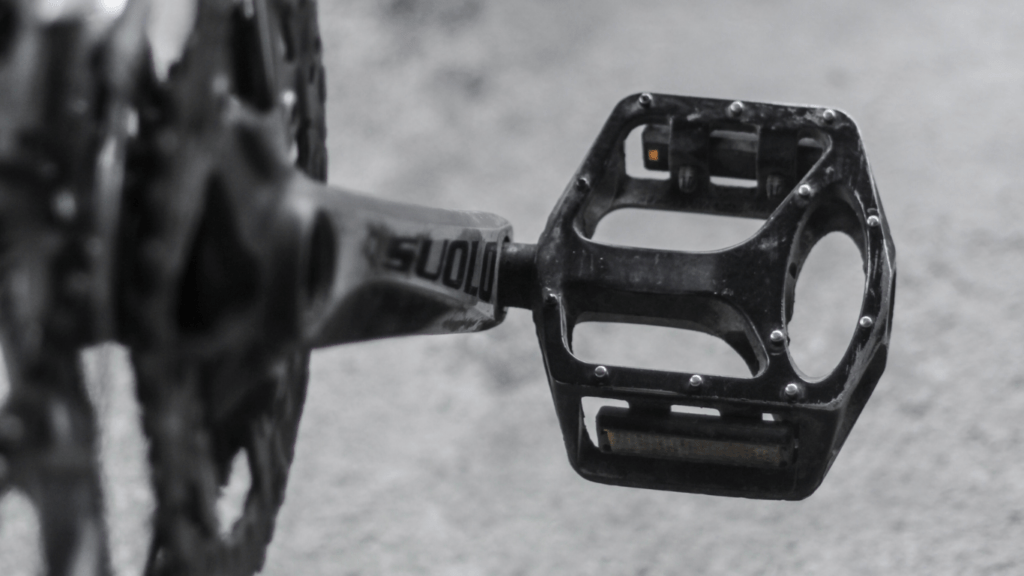Understanding Tire Types and Their Purposes
Choosing the right tire depends largely on the terrain and driving conditions. Different tires offer distinct benefits that cater to specific environments.
-
All-Season Tires
All-season tires provide versatility for various conditions. Suitable for moderate climates, they perform well in wet and dry conditions but fall short in extreme weather.
These tires often feature moderate tread patterns and rubber compounds balanced for durability and performance.For drivers in temperate regions, all-season tires serve as a reliable option without needing seasonal changes.
-
Summer Tires
Summer tires, engineered for warm weather, offer superior performance and handling on dry and wet roads. With specialized tread patterns and rubber compounds, they deliver maximum grip and responsiveness.
These tires excel in temperatures above 45°F but lose effectiveness in cold or snowy conditions.Sports cars and performance vehicles usually benefit most from summer tires due to their enhanced traction and cornering abilities.
-
Winter Tires
Winter tires, designed for cold climates, provide optimal traction on snow and ice. Their unique rubber compounds remain flexible in freezing temperatures, ensuring better grip.
Enhanced tread patterns with deeper sipes displace snow and water effectively, reducing the risk of slipping. For drivers in regions with harsh winters, winter tires offer critical safety advantages during the coldest months.
Features of Off-Road Tires
Off-road tires are essential for navigating challenging terrains. They offer specialized attributes to handle tough conditions.
Tread Patterns
Off-road tires feature aggressive tread patterns, ensuring optimal traction on muddy or rocky surfaces. Deep grooves and large lugs allow the tires to dig into loose terrain, enhancing grip.
Self-cleaning capabilities help eject mud and stones, maintaining effective traction. Uniform block patterns reduce tire noise on off-road adventures.
Sidewall Strength
Sturdy sidewalls in off-road tires protect against punctures from sharp rocks and debris. Reinforced materials prevent blowouts, offering a more durable ride.
Higher sidewall ply ratings increase load-bearing capacity, crucial for heavy-duty off-road activities. Enhanced sidewall rigidity supports better handling and stability, even on uneven terrain.
Selecting Tires for Various Terrains

Choosing the right tires for different terrains ensures optimal vehicle performance and safety. Tires must fit the specific demands of the terrain, enhancing traction and control.
Highway Driving
When driving primarily on highways, I recommend all-season or summer tires. All-season tires offer a balanced performance, combining grip, comfort, and durability.
They handle wet and dry conditions well, making them perfect for long stretches of paved roads.
Summer tires provide superior performance in warm conditions, offering excellent handling and braking efficiency.
Off-Roading
For off-roading, specialized off-road tires are essential. These tires feature aggressive tread patterns that improve traction on uneven, rocky, or muddy terrains.
Self-cleaning capabilities allow debris and mud to be expelled from the tread, maintaining grip.
Sturdier sidewalls prevent punctures and damage from sharp objects, ensuring you have a safer off-road experience.
I always look for these features when selecting off-road tires.
Snow and Ice
In snowy and icy conditions, winter tires become crucial. These tires have deeper treads and softer rubber compounds, designed to stay flexible in freezing temperatures. This flexibility enhances grip on icy roads.
Many winter tires include sipes or small slits within the treads that improve traction by biting into snow and ice. Using winter tires, I feel more confident in navigating through harsh winter conditions.
Tips for Maintaining Your Tires
Maintaining tires correctly ensures longevity and optimal performance. Regular inspections and proper inflation are key to tire care.
Regular Inspections
Inspect tires at least once a month and before long trips. Look for signs of damage, such as:
- cuts
- punctures
- irregular wear
Examine the tread depth using a depth gauge; replace tires if treads are worn below 2/32 of an inch.
Check for any bulges or blisters, which indicate internal damage.
Proper Inflation
Keep tires properly inflated to improve safety and fuel efficiency. Refer to the vehicle’s manual for ideal pressure levels, measured in PSI. Verify tire pressure monthly and before long trips, using a reliable pressure gauge.
Under-inflated tires wear unevenly, reduce fuel efficiency, and can cause blowouts, while over-inflated tires lead to a rougher ride and increased wear in the center of the tread.

 I’m Brendamee McCartyierr, and as the founder of Cycle Smooth Ride Long, I'm thrilled to bring you the ultimate resource for all things cycling. Whether you're a seasoned rider or just starting on your cycling journey, our mission is to support your passion for two wheels with trusted advice, insightful reviews, and expert tips.
Cycling is more than just a hobby—it's a lifestyle that promotes health, freedom, and adventure. At Cycle Smooth Ride Long, we’re committed to making your ride smoother, longer, and more enjoyable by providing you with the latest in cycling news, nutrition advice, fitness tips, and gear reviews. We also cater to beginners, offering comprehensive guides to help you get started and build confidence on the road.
I’m Brendamee McCartyierr, and as the founder of Cycle Smooth Ride Long, I'm thrilled to bring you the ultimate resource for all things cycling. Whether you're a seasoned rider or just starting on your cycling journey, our mission is to support your passion for two wheels with trusted advice, insightful reviews, and expert tips.
Cycling is more than just a hobby—it's a lifestyle that promotes health, freedom, and adventure. At Cycle Smooth Ride Long, we’re committed to making your ride smoother, longer, and more enjoyable by providing you with the latest in cycling news, nutrition advice, fitness tips, and gear reviews. We also cater to beginners, offering comprehensive guides to help you get started and build confidence on the road.
